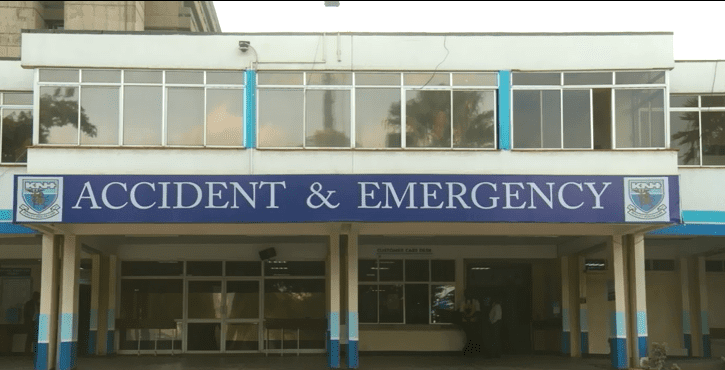Shock is a common condition and has a high risk of death. In the United States, about 1.2 million people present to the emergency room each year with shock, and their risk of death is between 20 and 50%.
The global burden of shock is difficult to ascertain, although a recent scientific publication estimated that in 2017 there were 48.9 million cases and 11 million shock-related deaths worldwide which accounted for almost 20% of all global deaths.
Shock is a life-threatening condition that occurs when the body is not getting enough blood flow. Lack of blood flow means that the cells and organs do not get enough oxygen and nutrients to function properly. Many organs can be damaged as a result of this. Shock requires immediate treatment and gets worse rapidly. It is estimated that 1 in 5 people will die from shock.
There are several main causes of less blood flow which manifests as a shock. They include Heart conditions (heart attack, heart failure), heavy internal or external bleeding such as from a serious injury or rupture of a blood vessel, and dehydration- especially when severe or related to heat-related illness. It can also be caused by infection (septic shock), severe allergic reaction (anaphylactic shock), and spinal injuries (neurogenic shock).
The initial symptoms of shock include cold and sweaty skin that may be pale or gray, weak but rapid pulse, irregular breathing, and irritability. Other symptoms to indicate shock can include dizziness, profuse sweating, fatigue, dilated pupils, reduced urine flow, nausea, and anxiety.
Several types of shock are classified depending on the causative mechanism: Cardiogenic shock due to heart problems, Hypovolemic shock due to little blood volume, Anaphylactic shock caused by an allergic reaction, Septic shock due to infections, and neurogenic shock- due to damage to the nervous system.
The risk factors of developing shock include Older age- the risk of developing shock increases as you age, having a history of heart failure or heart attack. The risk of developing shock can also be increased by having high blood pressure and blockages (coronary heart disease).
Shock can be diagnosed based on a combination of symptoms, physical examination, and laboratory tests. A decreased pulse pressure (systolic blood pressure minus diastolic blood pressure) or a fast heart rate raises concern.
Treatment of shock is based on the underlying cause for example an open airway and sufficient breathing should be established, ongoing breathing should be stopped and efforts should be made to maintain a normal body temperature,
Shock is a medical emergency. Prompt treatment can save a person`s life. When treated quickly, there is less risk of damage to a person`s vital organs thus saving his or her life.
.


1 Comment